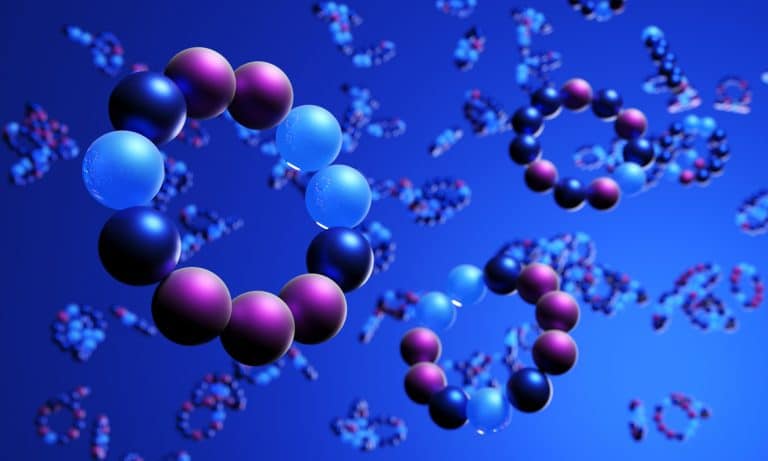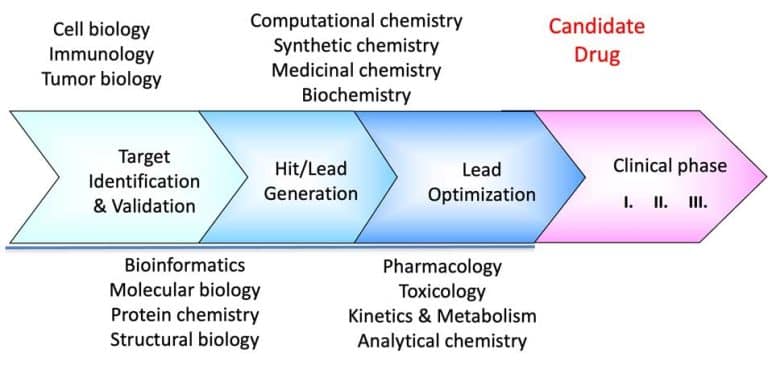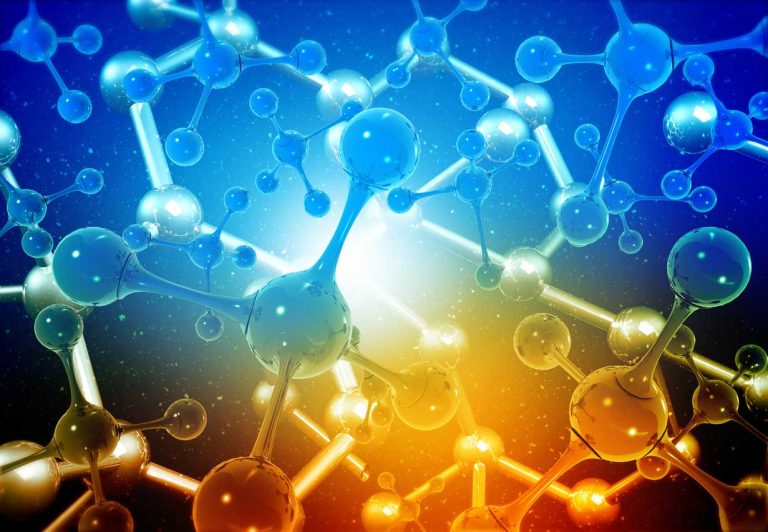Structural Biology & Drug Discovery Services Company
Applying structural biology methods requires many different skills and experience. A structural biology services company technology platform brings together all experimental methods and people with the skills required to run a structure-based drug discovery project.
This is our first post on the benefits of structural biology and drug discovery services SARomics Biostructures offers. In future posts, we plan to discuss the various experimental methods we use in our work in more detail.
To understand the process, we must remember that structural biology and drug discovery are highly interdisciplinary and require different scientific disciplines at different stages. The schematic image above illustrates the idea. At the start, we need to identify the target, and for this, we require molecular & cell biology studies and even immunology. Even structural information can be of value already at this stage, for example, for understanding the function of the potential drug target and its drugability. The next step is hit identification and lead discovery, which includes lead generation and optimization. Here, we need a lot of chemistry, like computational chemistry, synthetic & medicinal chemistry, biochemistry, pharmacology, toxicology, etc., and of course, structural biology. Later stages include candidate drug generation and registration, clinical studies, drug registration, and marketing.
The central role of structural biology in drug discovery during this process is clearly visible from the scheme above. A “hit” is a molecule with some degree of activity towards the target, identified during a small molecule compound library screening (hit identification, discussed in a later post). The hit molecule must typically be modified in multiple cycles (lead generation) before it becomes a compound with better activity parameters (lead generation). This is the stage at which structural biology and structural bioinformatics are most helpful. Lead optimization involves improving the ligand’s pharmacokinetic properties by optimizing such parameters as absorption, distribution, metabolism, excretion, toxicity, etc. Of course, even here, structural biology can be of great help.
In a small review paper on structural biology in drug discovery published in 2006, Tom Blundell, one of the pioneers of X-ray crystallography, wrote that in the early days of X-ray crystallography, pharmaceutical companies did not want to put money into structural methods because they thought that it was “too expensive and time-consuming to bring in house.” However, all large pharma companies nowadays have in-house structural groups, and several service companies (contract research organizations, CRO), like SARomics Biostructures, have emerged.
Time is money, and structural biology tools are essential in accelerating drug discovery. The ability of the structure to reveal details of the interactions of ligands with the binding site of the target provides direct insights that help improve the design of compounds. This is what we do at SARomics Biostructures. A blog post and our knowledge and methods center provide an overview of different structure-based drug discovery strategies. In the following posts, we also provide more detail and some illustrations of our work.
This text was first published on LinkedIn. Follow us to make sure you don’t miss our future posts.







